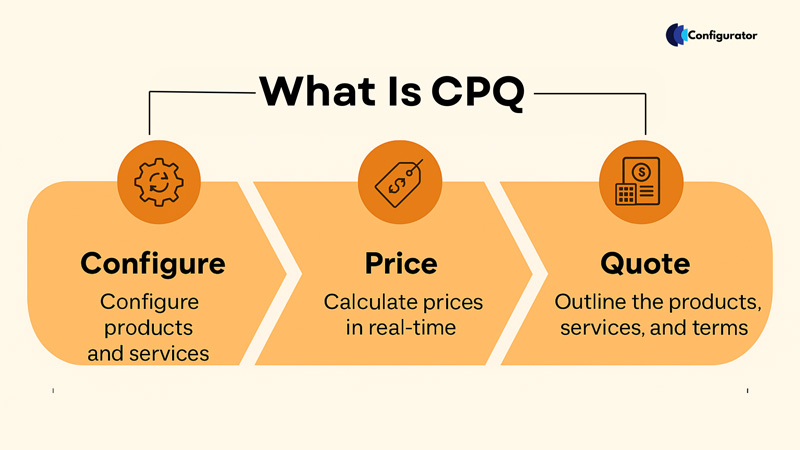Top E-commerce Trends to Watch in 2025
The world of e-commerce is evolving at an unprecedented pace. As technology continues to shape how businesses operate and how consumers shop, staying ahead of emerging trends is no longer optional. In this post, we explore the top e-commerce trends for 2025 and how businesses can leverage them to drive growth, enhance customer experiences, and stay competitive.
1. AI-Powered Personalization
Artificial Intelligence (AI) is no longer just a futuristic concept. It is at the core of modern e-commerce. In 2025, AI-driven personalization is set to dominate, with businesses using machine learning to analyze customer behavior and preferences. From dynamic product recommendations to tailored search results and personalized marketing emails, AI helps brands deliver experiences that truly resonate with shoppers. This not only boosts engagement but also significantly improves conversion rates and customer loyalty.
2. The Rise of Social Commerce
Social media platforms have transformed from community hubs into powerful shopping destinations. Platforms like Instagram, TikTok, and Pinterest are leading the charge, offering seamless integration between content and commerce. Shoppers can now discover, engage with, and purchase products without ever leaving their favorite apps. By 2030, social commerce revenue is projected to soar to $6.2 trillion, making it one of the most impactful trends in the e-commerce space.
3. Voice Commerce Gains Momentum
With the rapid adoption of smart speakers and voice assistants, voice commerce is emerging as a convenient way for consumers to shop. Natural language processing advancements are making voice shopping smoother than ever. By 2034, the voice commerce market is expected to reach $34 billion. For businesses, this means optimizing product listings and websites for voice search is crucial to tap into this growing channel.
4. AR and VR Transform Shopping Experiences
Imagine trying on a pair of shoes virtually or seeing how a sofa looks in your living room before buying it. This is the promise of augmented reality (AR) and virtual reality (VR) in e-commerce. These technologies are reducing purchase hesitation, increasing satisfaction, and helping consumers make more confident buying decisions. In 2025, more than half of online shoppers are expected to use AR features during their purchase journey.
5. The Push for Sustainability
Consumers today care deeply about the impact of their purchases. E-commerce brands that prioritize sustainable practices such as eco-friendly packaging, carbon-neutral shipping, and responsibly sourced products are winning customer loyalty. Sustainability is no longer a nice-to-have. It is a key driver of repeat business and brand trust.
6. Subscription Commerce Booms
The subscription economy continues its upward trajectory, offering shoppers convenience, personalization, and value. From curated boxes to flexible digital services, subscriptions cater to consumers’ desire for tailored and hassle-free shopping. The market is expected to hit $1.5 trillion by 2025, making it an opportunity that businesses should not ignore.
7. Same-Day Delivery and Micro-Fulfillment
Fast delivery has become a baseline expectation rather than a premium offering. To meet customer demands for immediacy, businesses are investing in local fulfillment centers and micro-warehouses that enable same-day or even same-hour delivery. Speed is the new standard, and companies that can deliver quickly will stand out in a crowded market.
How to Future-Proof Your E-commerce Business
– Embrace mobile-first, responsive design
– Optimize product pages for SEO and rich snippets
– Leverage analytics to understand and act on customer behavior
– Automate operations and marketing where possible
– Strengthen cybersecurity to protect customer data




